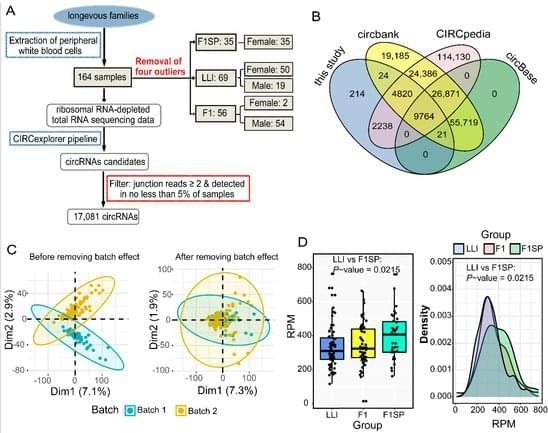Astronomers have used a cloud-based technique pioneered at the University of Washington to identify and track asteroids in bunches of a hundred or more. Their achievement could dramatically accelerate the quest to find potentially threatening space rocks.
The technique makes use of a cloud-based, open-source analysis platform known as Asteroid Discovery Analysis and Mapping, or ADAM; plus a recently developed algorithm called Tracklet-less Heliocentric Orbit Recovery, or THOR. The THOR algorithm was created by Joachim Moeyens, an Asteroid Institute Fellow at UW; and Mario Juric, director of UW’s DiRAC Institute.
Teaming up ADAM and THOR may sound like a cross between a Bible story and a Marvel comic, but this dynamic duo’s superpower is strictly scientific: When ADAM runs the THOR algorithm, the software can determine the orbits of asteroids, even previously unidentified asteroids, by sifting through any large database of astronomical observations.








